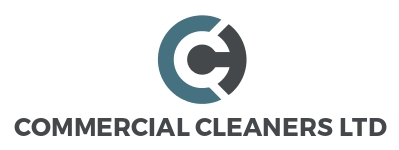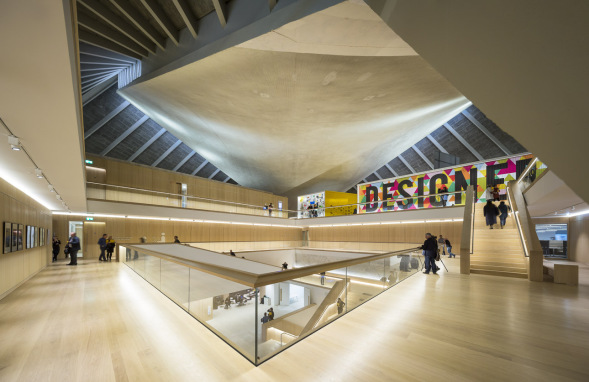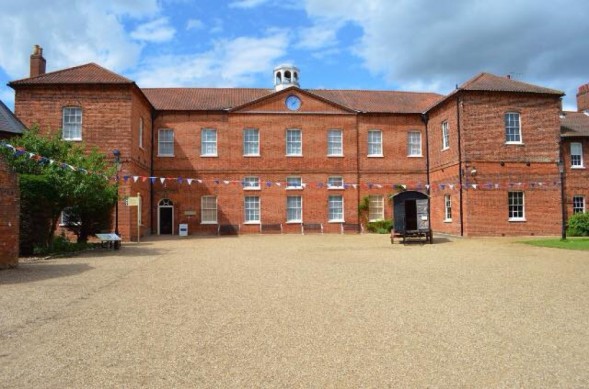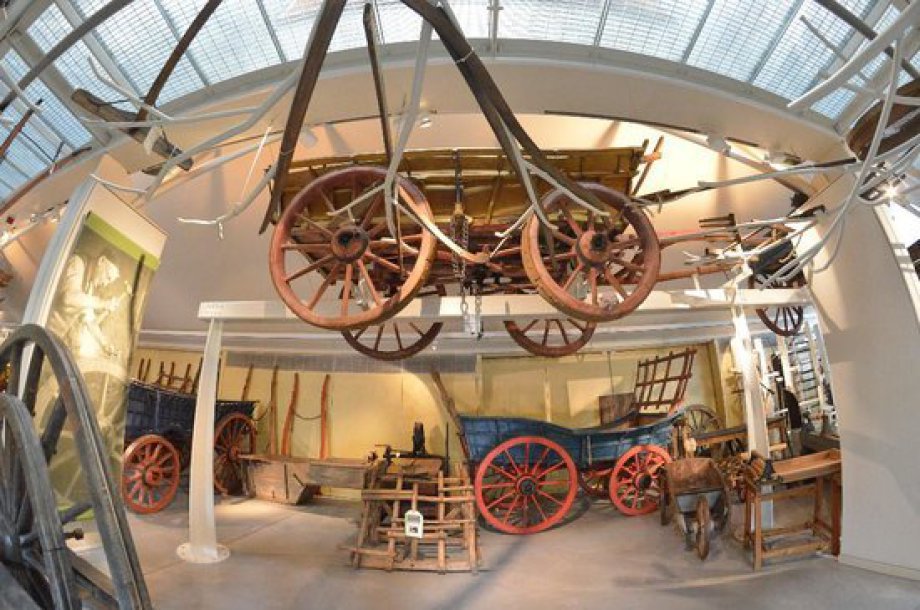Museum Cleaning
Specialist museum cleaning is a highly specialised and meticulous cleaning service tailored to the unique needs of museums, art galleries, and cultural institutions. Here's a summary of specialist museum cleaning:
-
Preservation and Conservation: Specialist museum cleaning prioritizes the preservation and conservation of valuable artifacts, artworks, and historical items. Cleaning methods and products are carefully selected to ensure they do not harm or degrade sensitive materials.
-
Dust and Contaminant Removal: Museums are vulnerable to dust and airborne contaminants that can accumulate on exhibits and displays. Specialist cleaners use gentle techniques such as microfiber cloths and HEPA-filtered vacuum cleaners to remove dust without causing damage.
-
Artwork and Object Cleaning: Cleaning specialists are trained to clean delicate artworks, sculptures, and historical artifacts with precision and care. They may use specialized brushes, solvents, and tools to remove surface dirt and grime without affecting the integrity of the pieces.
-
Display Case and Glass Cleaning: Glass display cases and protective barriers are cleaned to ensure clear visibility of exhibits. Special attention is given to removing fingerprints and smudges, enhancing the viewing experience for visitors.
-
Temperature and Humidity Control: Museums often require strict control of temperature and humidity levels to protect their collections. Cleaning specialists monitor these conditions to ensure they remain within prescribed ranges.
-
Lighting Maintenance: Cleaning and maintenance of exhibit lighting systems to ensure proper illumination of artifacts and artworks while minimizing UV and heat exposure that can cause damage over time.
-
Security and Confidentiality: Cleaning staff in museums must adhere to strict security protocols and respect the confidentiality of sensitive collections, ensuring the safety and integrity of the exhibits.
-
Specialized Training: Cleaning personnel receive specialized training to understand the unique requirements of museum cleaning, including knowledge of materials, techniques, and the importance of gentle handling.
-
Scheduled Cleaning: Cleaning schedules are carefully planned to minimize disruption to museum operations. Some cleaning tasks are performed after hours or during periods when the museum is closed to the public.
-
Documentation and Record-Keeping: Detailed records of cleaning activities, including before-and-after photographs, are maintained to track the condition of exhibits and demonstrate the care and maintenance efforts to curators, collectors, and stakeholders.
Commercial Cleaners have been fortunate to work in a number of high profile museums accross England. These include, The Design Museum Kensington, Victoria & Albert Museum London, Brooklands Museum, St. Fagans National Museum of History, and the National Horseracing Museum in Newmarket.




